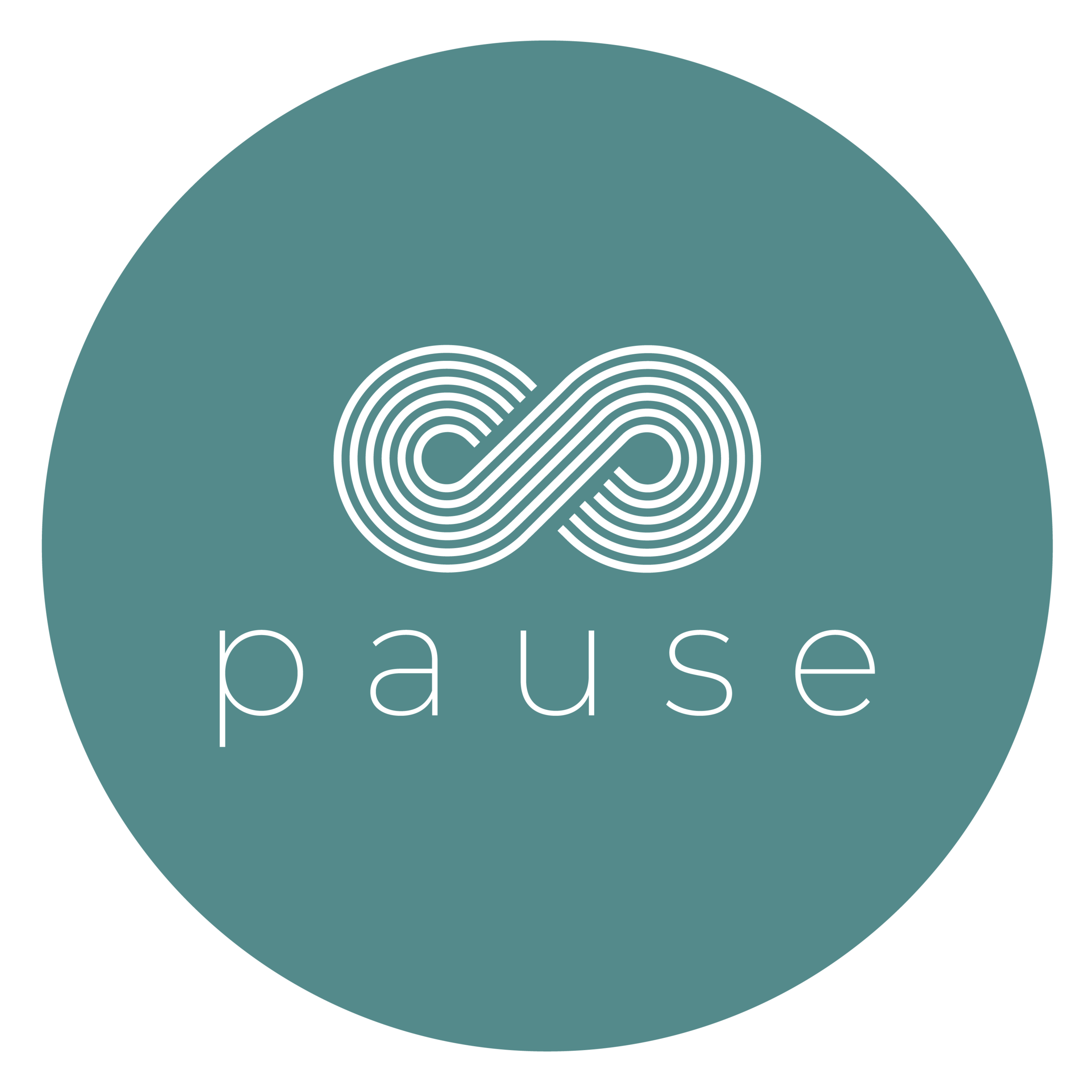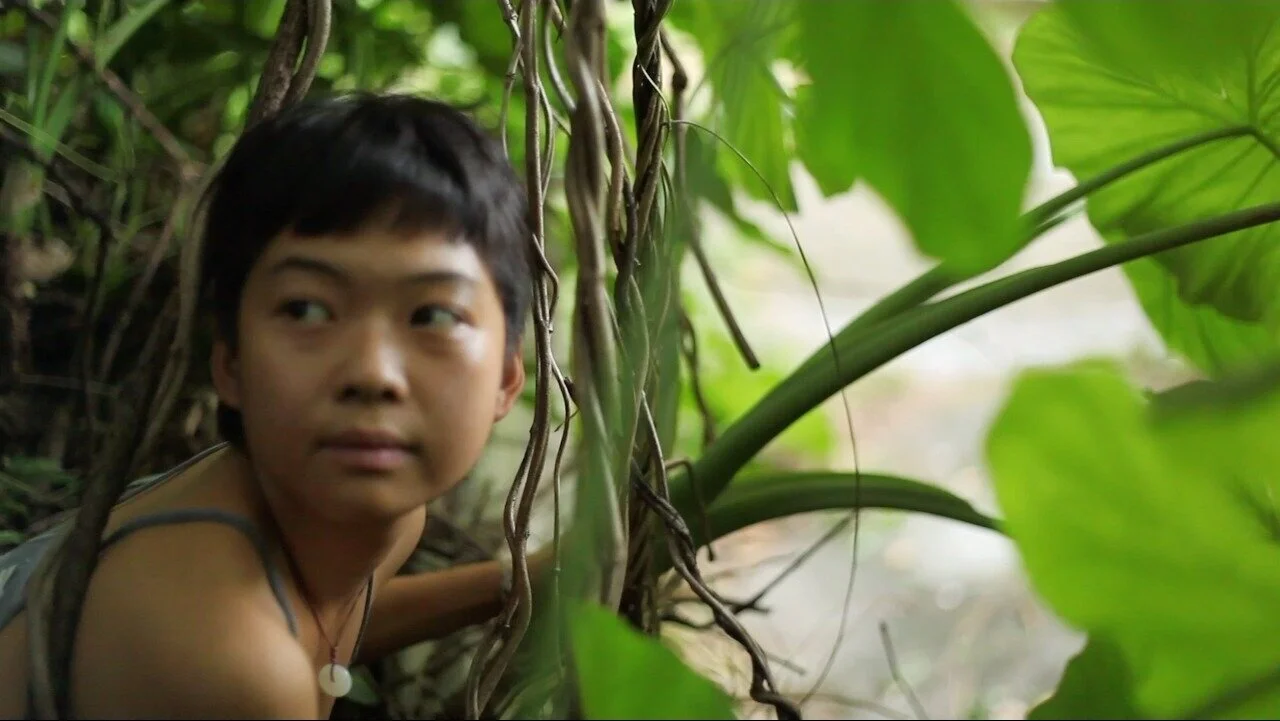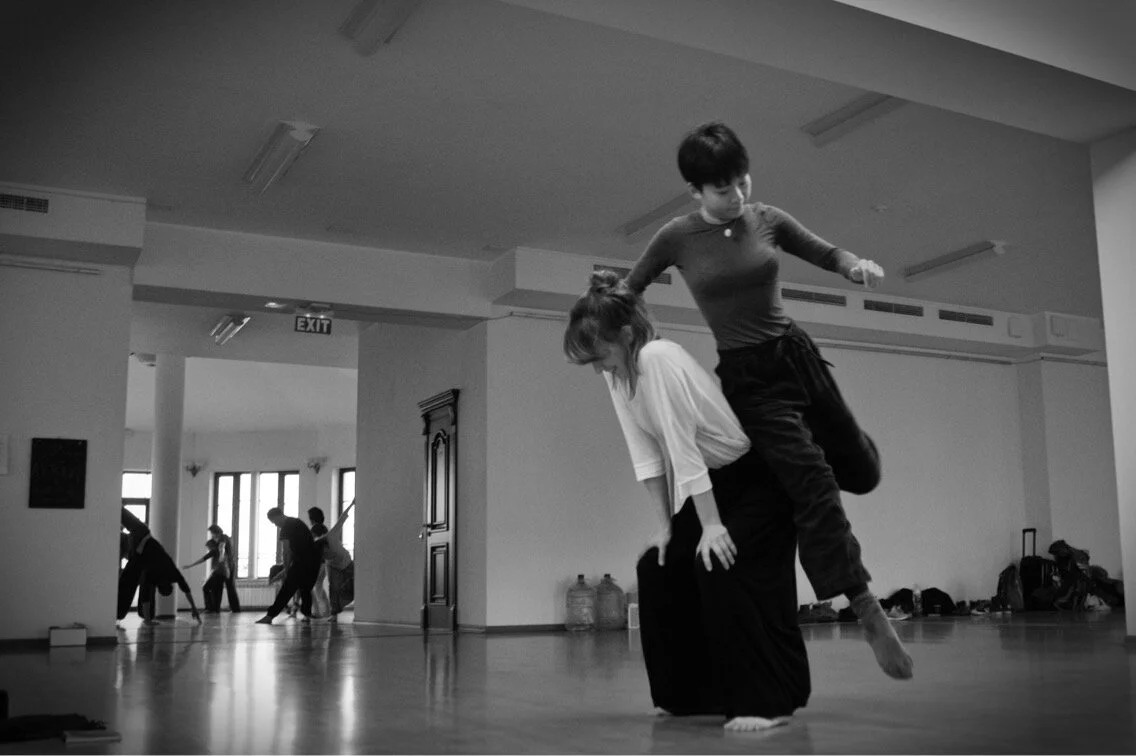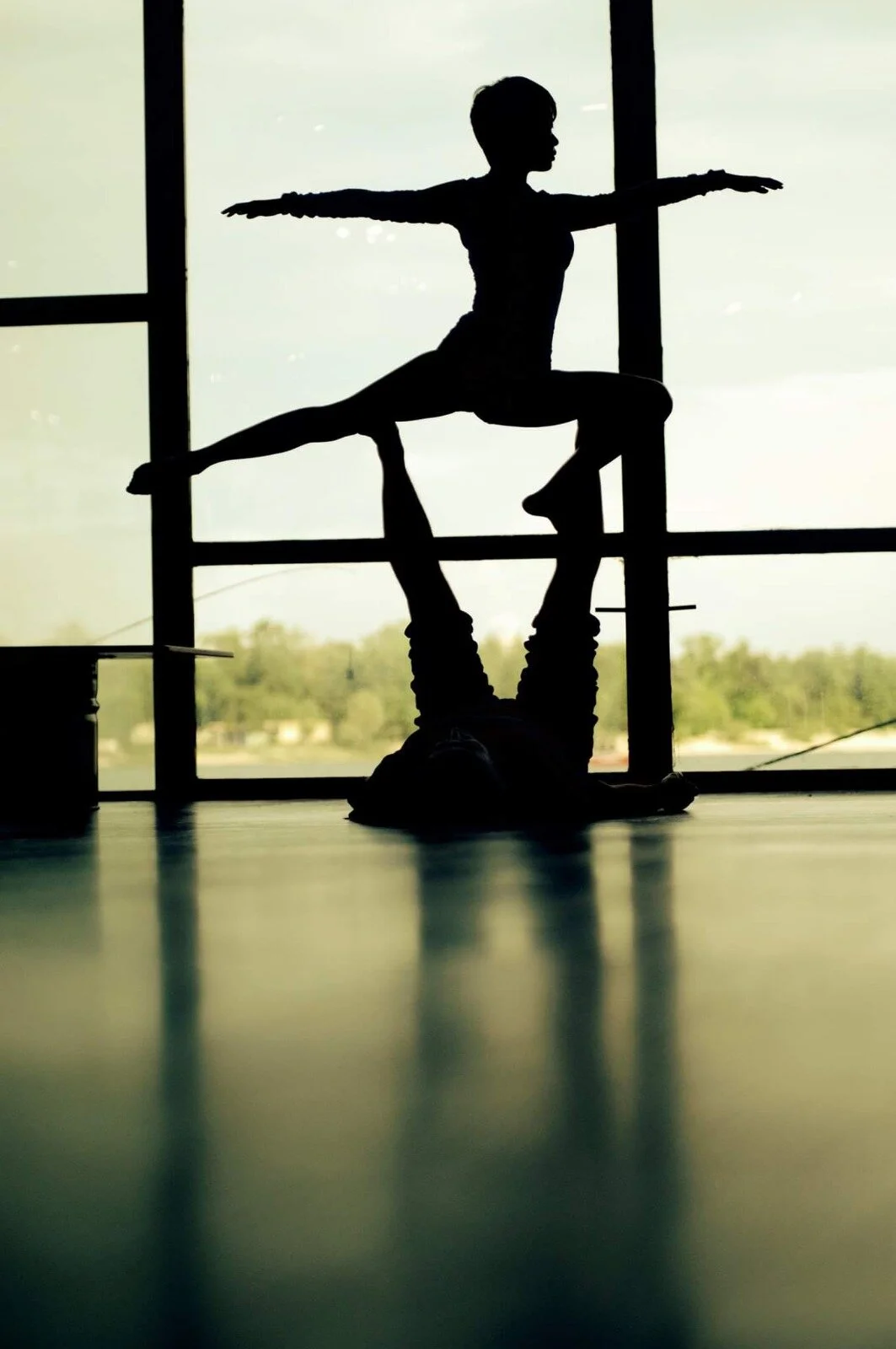Meet Liane Meh
Tell us about your experience in movement and somatic.
請給我們講講你在「流動」和「身心學」方面的經歷
I think it perhaps started as unconsciously from when I was an embryo in my mother’s womb. I had always loved movement! Then as a young girl, my parents took me to ballet class. To be frank, I never really liked the class or the environment. I actually wanted to take martial arts but somehow that never transpired so I continued to go to ballet class - I was desperate for movement, any movement. I then continued to train in various forms of classical and contemporary dance. The training was very traditional and performance-oriented. I knew something was lacking but I couldn’t make sense of it at that time. When I was in Europe for my studies, I encountered movement improvisation and it opened me up to a new path, one that connected me to a way of movement that finally felt authentic. In many ways, I had to unlearn all my previous “dance” training but it every step was worth it as my body and spirit began to feel nourished again. From an outward form of dancing, the path had led me backwards, one that goes within to a place that is naturally simple and spontaneously creative. This way of understanding and relating to movement has not only become fertile ground for my art but also a way of being. Throughout this journey, I have met teachers and friends whose practices such as contact improvisation, Body-Mind Centering, Continuum, Authentic Movement, 5 Rhythms, taichi, water dance, and yoga, have inspired and informed mine. Although these practices originated from different cultures, along different points of time, and coloured by different personalities, I believe the essence of them comes down to the same core - embodied moving, living, being.
我想或許當我還是胚胎,在母親子宮裡的時候就已在潛意識地開始。我一直都愛「流動」。之後我父母帶我去學習芭蕾舞。如實說,我沒有很喜歡舞蹈課以及那個環境 。其實我更想學的是武術,但並未如願所以就繼續上芭蕾舞課。我機需要動作,任何形式的動作。之後我繼續研習各種類型的古典及現代舞蹈。接受傳統的訓練。我當時覺得某種東西匱乏,但卻無法理清。當我在歐洲讀書時, 我接觸到了「接觸即興」,隨之拓開了新的道路 — 讓我終於與「動作」真誠地連接。在某種程度上,我要放下很多之前的「舞蹈」訓練,但是每一步都是值得的,因為我的身體與精神被滋養了。從一種向外的形式,反而引我向內,去到一個那麼簡單、自如的創造之地。這種理解「動作」的方式以及和它的關係便是我藝術的土壤,也是一種存在的方式。這段旅途中我認識了許多良師益友,他們練習「接觸即興」(contact improvisation), Body-Mind Centering, Continuum, Authentic Movement, 5 Rhythms, 太極, 水下舞蹈, 以及瑜伽, 都給我帶來極大的靈感和知識。雖然這些練習在不同的文化與時空中誕生,也承載著不同的性格,但我相信都歸於同一個精髓— 體化動作,生活,與臨在。
You are soon teaching Embodied Flow and Contemplative Dance Practice at Pause Studio. What are the benefits of these practices?
你即將在Pause Studio教「體化流動」(Embodied Flow) & 「沈思舞動」(Contemplative Dance Practice)。這些練習有什麼益處?
I’m grateful to share the practices that have enriched my life and for this opportunity to channel them into a series for others to experience. Both classes are based on somatic, meaning the first-hand experiencing of the body. One may wonder, I am living in this body every day, I must be experiencing it already. From a somatic perspective, one can live at different depths of their bodily experience. A professional body-builder can be using his/her body every day but with limited feelings and awareness of the states of his/her body. Somatic practices help us experience the body with more awareness, connecting us to different aspects of who we are. Movement becomes a natural extension of this awareness, one that embodies a sense of clarity and flow, like water. In “Embodied Flow”, we will explore and connect with our bodies through this way of sensing and perceiving. “Contemplative Dance Practice” (CDP) is a practice where we explore three layers of our embodied selves - one through stillness, one through movement, and one through relating. It is an opportunity to explore the inner journeys we take through movement, in a safe space with the presence of others.
非常感恩可以分享那些豐富我生命的練習,並有機會讓其他人來體驗。兩種練習都是基於身心學,也就是直接的身體體驗。有人會想,我存活在這個身體,我一定已經體驗到了。從身心學的角度,每個人都有不同層次的身體體驗。一位職業健身者每日都用到他的身體卻也可能有很局限的覺知。身心學的練習可以幫助我們帶著更多覺知體驗身體,連結自己真正的本質。這種覺知自然延展的體現便是動作,體化某種清晰的流動,就像水一樣。在「體化流動」中我們會用這種方式感知與接收,探索和連接身體。CDP的練習分為三個層次,來幫我們探索自我 - 通過靜止,通過動作,和通過關係。在一個安全的空間裏,我們有機會和他人一起用動作開始走進向內的旅途。
You recently had an exhibition at Pause Cafe, what was it about?
你最近在Pause Cafe做了一個展覽,關於什麼?
The nature of Lantau Island has captivated me. I enjoy exploring the mountains, discovering new streams, and locating the thriving diversity of flora and fauna on this island. Over time, I have begun to document local plants as a way of recording my encounterings in nature. As a newcomer of Mui Wo, I was compelled to connect more deeply with the land and its resources. Foraging, the keen listening to the lost language of plants, has helped ground myself in place and strengthened my sense of belonging with the land. The “Art of Foraging” is an exhibition of edible wild plants from Mui Wo. Each plant is displayed with handcrafted paper made with local grass and recycled milk cartons from Pause Cafe in keeping with the spirit of foraging and as a way of upcycling local resources. Although the exhibition is over, I plan to continue to share my foraging adventures through guided tours and culinary delights.
大嶼山的自然非常吸引我。我很享受遊走山間,發現溪流還有尋覓豐富的自然草木。慢慢,我開始記錄與當地植物的相遇。作為新的梅窩居民,我有衝動與土地深度的連接。採食,是傾聽植物的語言,幫助我感受到土壤給的歸屬感以及力量。「覓食的藝術」展出了梅窩的可食用的野生植物。每種植物展示使用咖啡廳回收的牛奶盒以及本地的草做成的紙張上,循環本地的資源。雖然展覽結束了,我計劃以導覽和烹飪的形式帶來更多關於採食的分享。
What is a burn-out for you?
過度疲勞對你來說什麼?
In Body-Mind Centering, a somatic-based practice, there is a way of understanding and differentiating the different nervous systems of the body and how it relates to one’s wellbeing. Within our nervous system, the parasympathetic nervous system records and conveys our overall base-level and sense of self. It is inner-directed, it is receptive and process-oriented and is reflected in rest, relaxation and recuperation. Our sympathetic nervous system is a communication networks which channels information by tracking and directing our internal movement and energetic processes. It externally directed, helping us meet our outer environment through activity and a goal-oriented mind state. These two systems are mutually complementary and supportive of each other. Like the teaching of taichi, they are tightly interwoven in a continuous dance of balancing and adjusting held within a wide continuum of attention, intention, and function. To function well within this whole, one needs to be aware of the different levels and layers of these processes. A burn-out can mean an overworked sympathetic nervous system, which could be re-balanced through rest. Burnout could also be an exhausted parasympathetic nervous system, which means a more chronic situation. In this case, it is more complicated and, therefore, the healing takes more time and needs to be more integrative. I have dealt with and still dealing with forms of chronic burn-out which I believe runs through my family lineage. The symptoms can vary from not being able to focus to sleeping and digestion problems. With an underlying chronic situation, I have to be much more aware of these different levels of mind-body processes.
在身心學的BMC中,有一種理解與分辨不同神經系統的方式。同時它關聯到我們的健康狀況。在我們的神經系統中,副交感神經系統負責記錄及表達我們基本的「自我感」。他是向內,接收,過程性的,映射在休息,放鬆,和恢復中。我們的交感神經系統是一個交流網絡,負責傳達訊息,通過跟蹤,導向內在的能量的流動。他是向外,幫助我們面對外在環境和目標導向的狀態。這兩種系統互補互助,正如太極,他們僅僅編織成一個流淌的舞蹈,不斷地平衡,調整在於注意,動機,和功用中。在這個整體中,我們需要覺知到這些過程的不同層次。疲勞過度也可能因爲過度勞累的交感性神經系統。但可以通過休息重新獲得平衡。疲勞過度也可能是一個累壞的副交感神經系統造成,更像一種慢性狀況。這種情況更複雜,需要更長時間,整體化的調養。我曾經和現在一直在面對一些慢性過度疲勞,可能是包含著家族的遺傳。這些症狀從無法集中注意力,到睡眠或是消化問題。因為有這些慢性狀況,我必須對身心的過程有更深的覺知。
What does a pause mean for you?
一個Pause對你意味這什麼?
A pause for me means exactly that (as mentioned above) - being aware of what’s going on within my body and mind, and adjusting to this balance through an embodied manner. When the sympathetic nervous system is embodied, one can maintain a calm and sustained awareness which is needed to differentiate what is happening in the internal and external environment and to respond from multiple dimensions. For example, I can choose to be in a parasympathetic mind state within a sympathetic context or in a sympathetic bodily state with a para-sympathetic focus. When the sympathetic system is engaged, we are more conscious of our possibilities and how we choose to use our energy. In taichi, our “qi” is our life energy and the conscious usage of this qi from our first breath to our last breath dictates the way we live our life.
Pause對我來說就是如此 (以上的解釋)- 覺知當下我的身心在發生什麼,通過體化而調整平和。當交感神經體化,平靜和覺知得以維持,並幫助我們了解內在和外在環境,使得我們可以從多種維度來回應。舉例說,我可以選擇在副交感性狀態,同時在交感性的情境或交感性身體狀態裡保持交感性專注。當交感神經系統在工作,我們更清楚我們的狀態以及選擇如何使用我們的能量。在太極中,「氣」是生命之本,有意識地運用氣,從第一口呼吸到最後一次呼吸,將決定我們如何生活。



